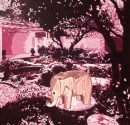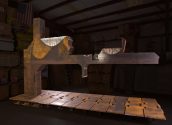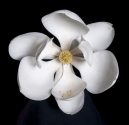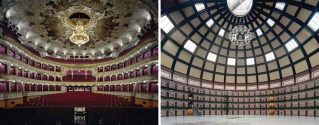Cheryl Donegan
Cheryl Donegan is an American conceptual artist especially known for her video works that address issues of art politics, particularly the clichés of the female body. Her work, which incorporates both traditional and contemporary video elements, has been described as, “direct, irreverent, and infused with an ironic eroticism.” Read More











